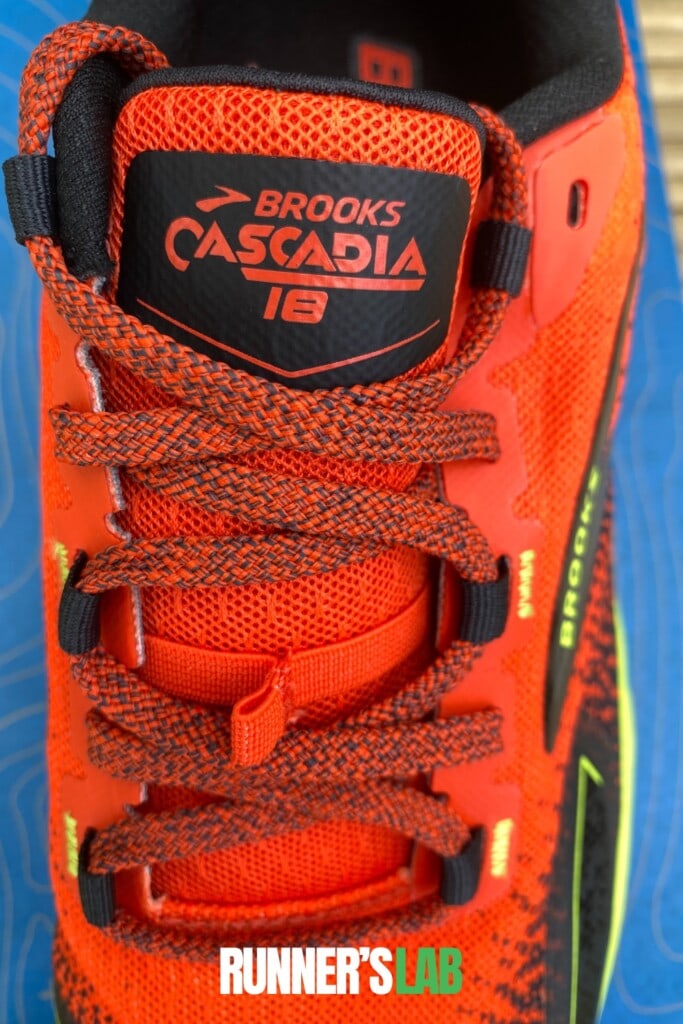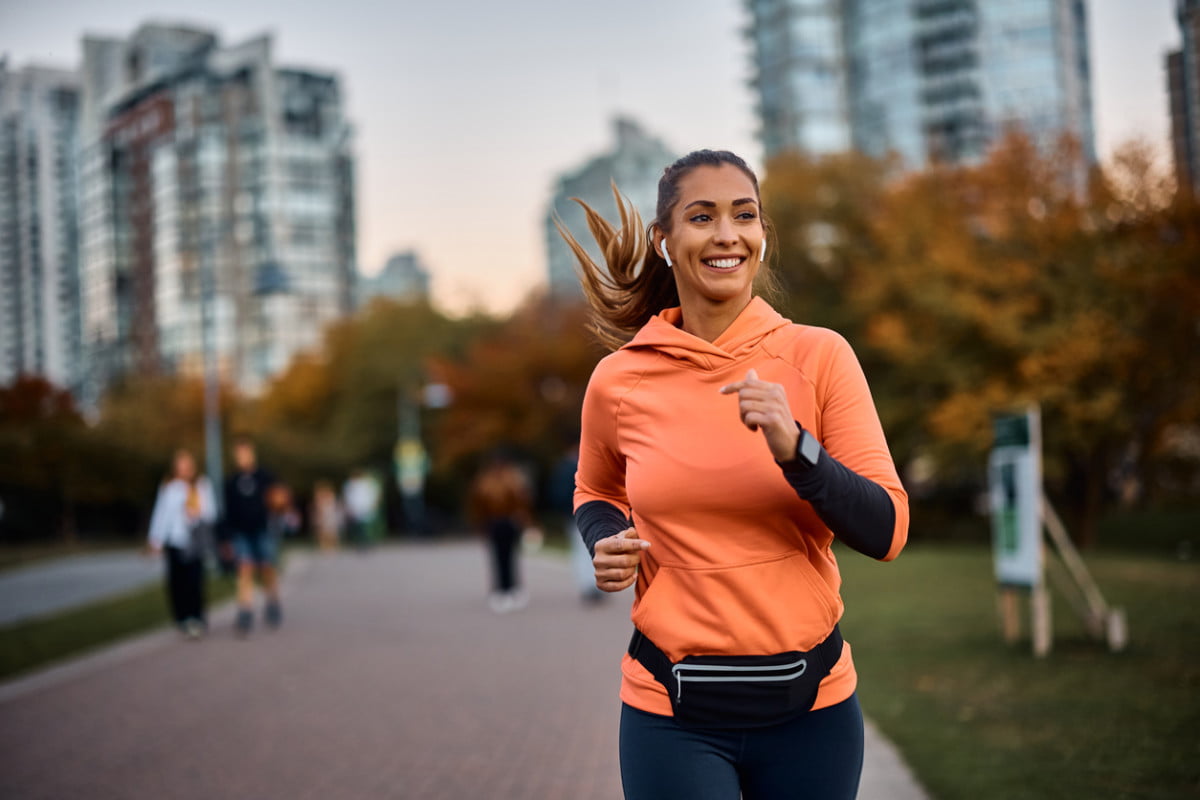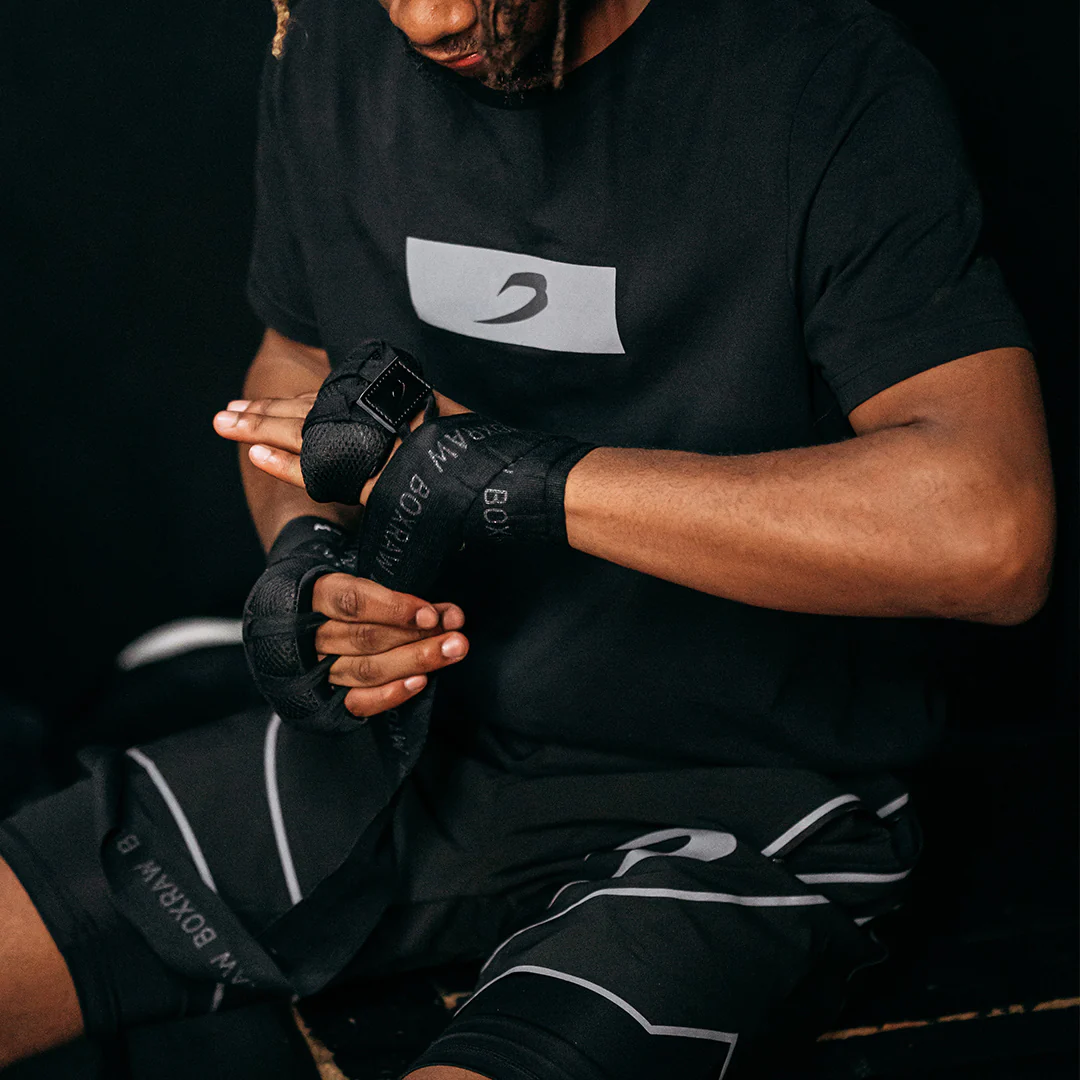In this article you will find:
Introduction
Effective recovery is essential for anyone engaged in regular physical activity, whether you’re an athlete or a fitness enthusiast. Post-workout massage therapy can significantly enhance recovery by reducing muscle soreness, improving circulation, and promoting relaxation. This article explores the various benefits of incorporating massage into your recovery routine, offers practical self-massage techniques, and provides guidance on selecting the right massage therapist to meet your specific needs.
By understanding how to integrate massage therapy into your fitness regimen, you can optimize your recovery process, ultimately leading to improved performance and overall well-being. Let’s delve into the key aspects of massage therapy that can support your fitness journey.
Benefits of Post-Workout Massage Therapy
After an intense workout, your body deserves the best care to ensure a speedy recovery and optimal performance in your next session. One of the most effective ways to facilitate this recovery is through post-workout massage therapy. This practice not only helps alleviate soreness but also offers a plethora of benefits that can enhance your fitness journey. Let’s dive into the numerous advantages of integrating massage therapy into your post-workout routine.
Reduces Muscle Soreness
One of the most immediate benefits of post-workout massage is its ability to reduce delayed onset muscle soreness (DOMS). This soreness often occurs 24 to 48 hours after an intense workout, making it a significant barrier to consistency in training. Massage therapy promotes blood circulation, helping to deliver oxygen and nutrients to the muscles while flushing out metabolic waste products that contribute to soreness. Studies have shown that athletes who receive regular massages experience less muscle soreness compared to those who do not.
Enhances Flexibility and Range of Motion
Incorporating massage into your recovery regimen can significantly improve your flexibility and range of motion. Massage techniques, such as stretching and kneading, help release tension in the muscles and connective tissues, allowing for better movement and flexibility. This can be particularly beneficial for athletes who require a high degree of mobility in their sport. Improved flexibility not only enhances performance but also reduces the risk of injuries during future workouts.
Promotes Relaxation and Reduces Stress
Post-workout massage therapy is not just about physical benefits; it also plays a crucial role in mental recovery. Engaging in massage can lead to a reduction in stress hormones like cortisol while increasing the production of serotonin and dopamine, neurotransmitters that contribute to feelings of well-being. This emotional boost can help athletes stay motivated and focused on their fitness goals, making it easier to maintain a consistent workout routine.
Accelerates Recovery Time
For those who push their limits, the speed of recovery is critical. Massage therapy has been shown to accelerate muscle recovery by improving circulation and enhancing lymphatic drainage. This not only helps reduce inflammation but also aids in repairing muscle fibers that may have been damaged during intense physical activity. A quicker recovery means you can get back to your training sooner and continue progressing toward your fitness objectives.
Improves Sleep Quality
Quality sleep is essential for recovery, and massage therapy can significantly enhance your sleep patterns. By promoting relaxation and reducing tension, massage helps facilitate a deeper, more restful sleep. Adequate sleep is vital for muscle recovery and overall performance, making this benefit particularly important for athletes and fitness enthusiasts.
Boosts Overall Performance
Ultimately, the cumulative effects of post-workout massage therapy lead to improved overall performance. By reducing soreness, enhancing flexibility, promoting relaxation, and accelerating recovery, you are setting yourself up for greater achievements in your fitness journey. Athletes who integrate regular massage into their training often report enhanced performance metrics and a greater ability to push through challenging workouts.
In conclusion, the benefits of post-workout massage therapy are multifaceted and contribute significantly to physical and mental well-being. If you’re looking to enhance your fitness routine and recover effectively, consider making massage therapy a regular part of your regimen. For more information on the advantages of massage therapy and how to choose the right practitioner for your needs, visit ReNew You Medical Spa.
Techniques for Effective Self-Massage
Self-massage is a powerful tool that can help you recover after workouts, alleviate tension, and improve overall well-being. With the right techniques, you can effectively target sore muscles and enhance your fitness routine without the need for professional assistance. Below are several effective self-massage techniques that can be easily incorporated into your post-workout recovery.
Understanding Pressure Points
Before diving into specific techniques, it’s essential to understand the concept of pressure points. These are areas of the body where nerves are concentrated, and applying pressure can help relieve tension and pain. Knowing how to locate and manipulate these points can enhance your self-massage experience.
Technique 1: The Palm Press
The palm press is a straightforward technique that can be used on various muscle groups. Here’s how to do it:
- Find a comfortable position, either sitting or lying down.
- Use the palm of your hand to apply firm pressure to the muscle you want to target, such as the thighs, calves, or back.
- Slowly move your palm in circular motions or apply steady pressure for 20-30 seconds, then switch to a different area.
This technique is excellent for larger muscle groups and can help release tightness effectively.
Technique 2: The Thumb Technique
The thumb technique is particularly useful for smaller muscle groups and specific trigger points. Here’s how to perform it:
- Using your thumb, locate a tight spot or knot in the muscle.
- Apply firm pressure directly onto the knot, holding for 15-30 seconds.
- Gradually release the pressure and gently massage around the area with your thumb to promote relaxation.
This technique can be especially effective for areas like the neck, shoulders, and forearms.
Technique 3: Foam Rolling
Foam rolling is a popular self-massage technique that utilizes a foam roller to relieve muscle tightness and improve flexibility. Here’s how to do it:
- Begin by placing the foam roller on the ground and position your body on top of it, targeting the muscle group you want to massage.
- Use your body weight to apply pressure on the foam roller and roll slowly back and forth over the muscle.
- Focus on any tight areas, spending extra time on knots or sore spots.
Foam rolling can enhance blood flow and help reduce soreness after workouts, making it a valuable addition to your recovery routine.
Technique 4: Stretch and Release
Combining stretching with self-massage can further enhance your recovery. Here’s a simple way to integrate both:
- Choose a muscle group to target, such as the hamstrings or shoulders.
- Begin by stretching the muscle gently to its comfortable limit.
- While in the stretch position, use your hands to apply pressure along the length of the muscle, focusing on any tight areas.
- Hold the stretch and pressure for 20-30 seconds before releasing.
This technique promotes flexibility while also releasing tension, creating a comprehensive recovery approach.
Utilizing Tools for Self-Massage
In addition to using your hands, various tools can enhance your self-massage experience:
- Massage Balls: Ideal for targeting specific knots and tight spots, especially in the feet and back.
- Massage Sticks: Great for rolling out sore muscles in the arms and legs.
- Electronic Massagers: Provide targeted relief with vibration and heat, ideal for deeper muscle penetration.
These tools can provide added benefits and make self-massage more effective and enjoyable.
For more detailed guidance on self-massage techniques and tools, consider visiting Family Chiro Plus, where you can find resources tailored to your needs.
Choosing the Right Massage Therapist
Selecting the right massage therapist is crucial for maximizing the benefits of massage therapy, especially when it comes to recovery from workouts. With the myriad of options available, it can be challenging to find a therapist who meets your specific needs. Here’s a comprehensive guide to help you make an informed choice.
Assess Your Goals
Before you even begin looking for a massage therapist, it’s essential to assess your specific goals. Are you seeking relief from muscle soreness, improving flexibility, or addressing a chronic issue? Understanding your objectives will guide you in selecting a therapist with the right expertise. Different types of massage therapy serve various purposes, including:
- Sports Massage: Tailored for athletes, focusing on injury prevention and performance enhancement.
- Deep Tissue Massage: Targets deeper layers of muscles and connective tissue, ideal for chronic pain.
- Swedish Massage: A gentle technique for relaxation and overall wellness.
Identifying your primary goals will help narrow down potential therapists who specialize in those areas.
Check Credentials and Experience
When it comes to health and wellness, qualifications matter. Look for therapists who are licensed and certified in their field. This often includes:
- State License: Ensures that the therapist has met specific educational and training standards.
- Certifications: Additional qualifications in specialized massage techniques or modalities.
- Experience: Consider therapists with a history of working with clients who have similar needs to yours.
Don’t hesitate to ask potential therapists about their education and experience, as this can provide insight into their skill level and suitability for your needs.
Read Reviews and Seek Recommendations
Online reviews can be a valuable resource when choosing a massage therapist. Check platforms such as Yelp, Google Reviews, or specialized wellness websites for feedback from previous clients. Look for comments on:
- Effectiveness: Did clients feel relief after their sessions?
- Professionalism: Was the therapist respectful and attentive to individual needs?
- Environment: Was the treatment space clean, comfortable, and welcoming?
Additionally, personal recommendations from friends, family, or fitness professionals can lead you to reputable therapists who have a proven track record.
Consider the Therapist’s Specialization
Not all massage therapists are created equal. Some specialize in specific techniques or types of massage that may align better with your needs. For example:
- Trigger Point Therapy: Focuses on relieving tight areas within muscle tissue.
- Myofascial Release: Targets the fascia, or connective tissue, to relieve tension.
- Pregnancy Massage: Tailored for the unique needs of expecting mothers.
Choosing a therapist with specialization in a technique that resonates with your goals can lead to more effective results.
Evaluate Communication and Comfort
Your comfort level with a therapist is paramount. During your initial consultation or first appointment, pay attention to:
- Communication Style: Is the therapist attentive and willing to listen to your needs and concerns?
- Comfort Level: Do you feel at ease in their presence and the environment?
- Personalization: Are they willing to tailor the session to fit your specific needs?
A strong therapeutic relationship often leads to better outcomes, so trust your instincts when assessing comfort levels.
Consider Location and Availability
Convenience matters when it comes to maintaining a regular massage schedule. Consider the following:
- Location: Choose a therapist whose practice is easily accessible from home or work.
- Availability: Look for therapists who can accommodate your schedule, whether that means evening or weekend appointments.
Finding a therapist who fits your logistical needs will make it easier to commit to regular sessions.
For more information on finding reputable massage therapists and understanding the various modalities available, check out ReNew You Medical Spa. They provide detailed insights and resources that can help you make the best choice for your recovery journey.
Incorporating Massage into Your Recovery Routine
Integrating massage therapy into your recovery routine can significantly enhance your overall fitness journey. When done correctly, it not only aids in physical recovery but also promotes mental well-being. Here’s a comprehensive guide on how to effectively incorporate massage into your recovery regimen for optimal results.
Establish a Recovery Schedule
Creating a consistent recovery schedule is key to reaping the benefits of massage therapy. Consider the following:
- Frequency: Aim for at least one professional massage per month, but if your workouts are particularly intense, consider bi-weekly sessions.
- Timing: Schedule massages strategically—either immediately after a workout for acute recovery or a few days later to address soreness.
- Self-Massage: Incorporate self-massage techniques into your daily routine, especially on rest days or following intense training sessions.
By establishing a routine, you can ensure that recovery becomes an integral part of your fitness regimen rather than an afterthought.
Listen to Your Body
One of the most important aspects of incorporating massage into your recovery routine is to listen to your body. Pay attention to:
- Soreness Levels: If certain muscle groups feel particularly tight or sore, prioritize those areas during your massage sessions.
- Fatigue Signs: If you’re feeling unusually fatigued, a gentle massage may help rejuvenate your muscles and improve your overall energy levels.
- Injury Prevention: Regularly assess your body for signs of strain or injury, and use massage to alleviate tension before it becomes a bigger issue.
Listening to your body helps tailor your recovery approach, ensuring that you get the most out of your massage therapy.
Combine Techniques for Enhanced Benefits
Combining different massage techniques can amplify the benefits and provide a more comprehensive recovery experience. Consider the following combinations:
- Professional and Self-Massage: Use self-massage techniques on days you don’t have a professional session scheduled to maintain muscle health.
- Stretching and Massage: Incorporate stretching before or after your massage to improve flexibility and enhance muscle relaxation.
- Foam Rolling and Massage: Use foam rolling to release knots before your massage to allow the therapist to work more effectively on your muscles.
By strategically combining techniques, you can maximize recovery and improve your overall fitness performance.
Set Clear Objectives for Each Session
Having clear objectives for each massage session can help you communicate effectively with your therapist and ensure that your needs are met. Consider the following objectives:
- Pain Relief: If you’re dealing with specific pain points, communicate these to your therapist for targeted relief.
- Relaxation: If your goal is to reduce stress, discuss this with your therapist to incorporate techniques that promote relaxation.
- Performance Enhancement: If you’re preparing for an event or competition, focus on massages that enhance flexibility and range of motion.
Setting clear objectives allows for a more tailored experience that aligns with your recovery goals.
Incorporate Massage into Your Overall Wellness Plan
Massage therapy should be part of a holistic approach to recovery and wellness. Consider integrating it with other recovery strategies, such as:
- Nutrition: Fuel your body with proper nutrition to support recovery and muscle repair.
- Hydration: Stay well-hydrated before and after your massage to help flush out toxins and improve circulation.
- Rest and Sleep: Prioritize quality sleep to allow your body to recover effectively from workouts.
Combining massage with these elements creates a comprehensive recovery strategy that enhances overall performance and well-being.
For further insights on integrating massage therapy into your wellness journey, you can explore resources from The Therapeutic Souls, which provides valuable information on recovery practices and wellness strategies.
Integrating massage therapy into your recovery routine can significantly enhance both physical recovery and mental well-being. Establish a consistent schedule for professional and self-massage sessions, ideally aiming for at least one professional massage per month and incorporating self-massage techniques regularly. Pay attention to your body’s soreness levels and fatigue signs to tailor your massage approach effectively.
Combine different massage techniques, such as professional sessions with self-massage and foam rolling, to maximize benefits. Set clear objectives for each massage, focusing on pain relief, relaxation, or performance enhancement. Additionally, integrate massage into a holistic wellness plan that includes proper nutrition, hydration, and quality sleep for optimal recovery and overall performance. For more insights, consider visiting reputable resources like The Therapeutic Souls.




